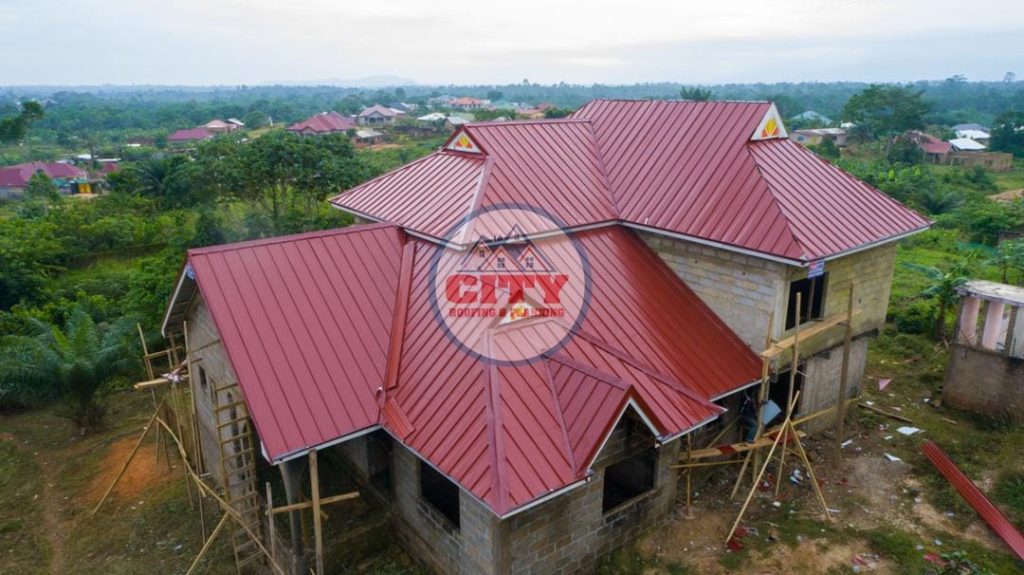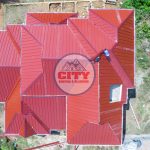How to deal with leackages in the roof

A leaky roof can be a significant cause of concern for homeowners. Not only can it cause damage to your property, but it can also pose a safety risk to you and your family. In this blog post, we’ll discuss how to deal with leaks in the roof.
1. Identify the Source of the Leak
The first step in dealing with a leaky roof is to identify the source of the leak. The most common places for leaks to occur are around the chimney, vents, skylights, and damaged shingles. It’s essential to identify the source of the leak to ensure that it’s repaired correctly.
2. Repair or Replace Damaged Shingles
Damaged shingles are a common cause of leaks in the roof. If you notice any missing, cracked, or curled shingles, it’s essential to have them repaired or replaced as soon as possible. Damaged shingles can allow water to seep into your roof, causing damage to your property.
3. Seal Cracks and Holes
If you notice any cracks or holes in your roof, it’s essential to seal them with roofing cement. Roofing cement is a waterproof sealant that can help prevent water from seeping into your roof.
4. Clear Debris from Gutters and Downspouts
Clogged gutters and downspouts can prevent water from draining away from your roof, causing water to accumulate and seep into your roof. It’s essential to clear debris from your gutters and downspouts regularly to prevent this from happening.
5. Hire a Professional Roofing Contractor
Dealing with leaks in the roof can be a challenging task. If you’re not comfortable working on your roof or are unsure of how to deal with a leak, it’s best to hire a professional roofing contractor. A professional contractor will have the expertise and equipment to identify the source of the leak and repair it correctly.
In conclusion, dealing with leaks in the roof requires identifying the source of the leak, repairing or replacing damaged shingles, sealing cracks and holes, clearing debris from gutters and downspouts, and hiring a professional roofing contractor if necessary. By following these steps, you can help prevent water damage to your property and ensure the safety of your family.


